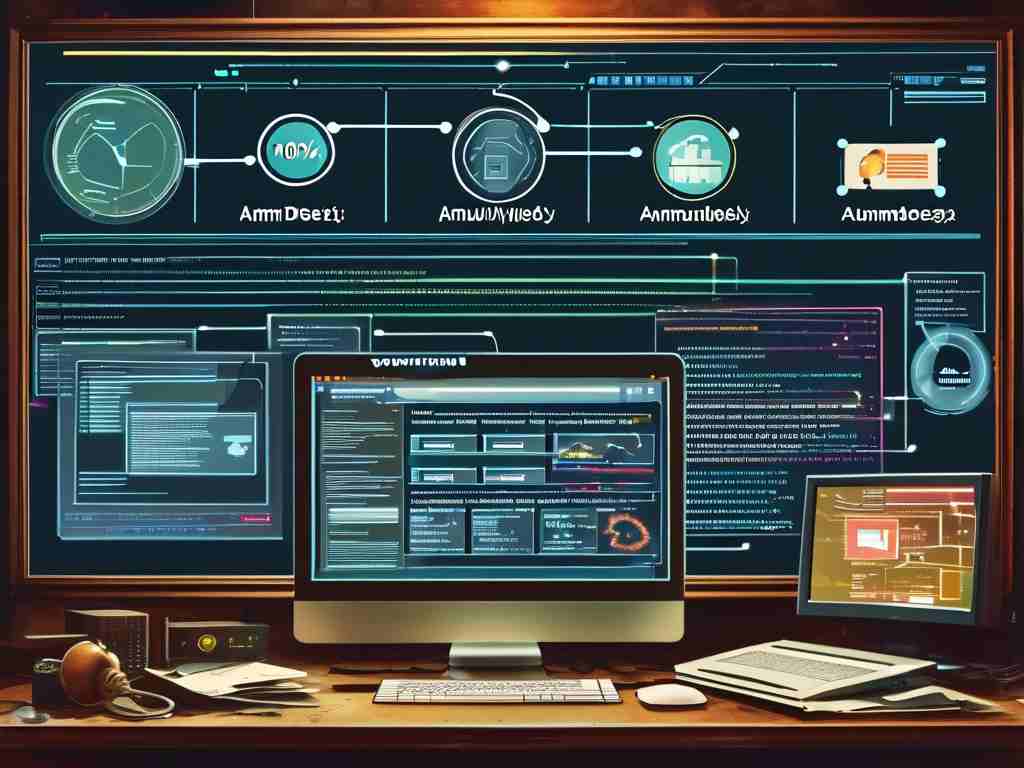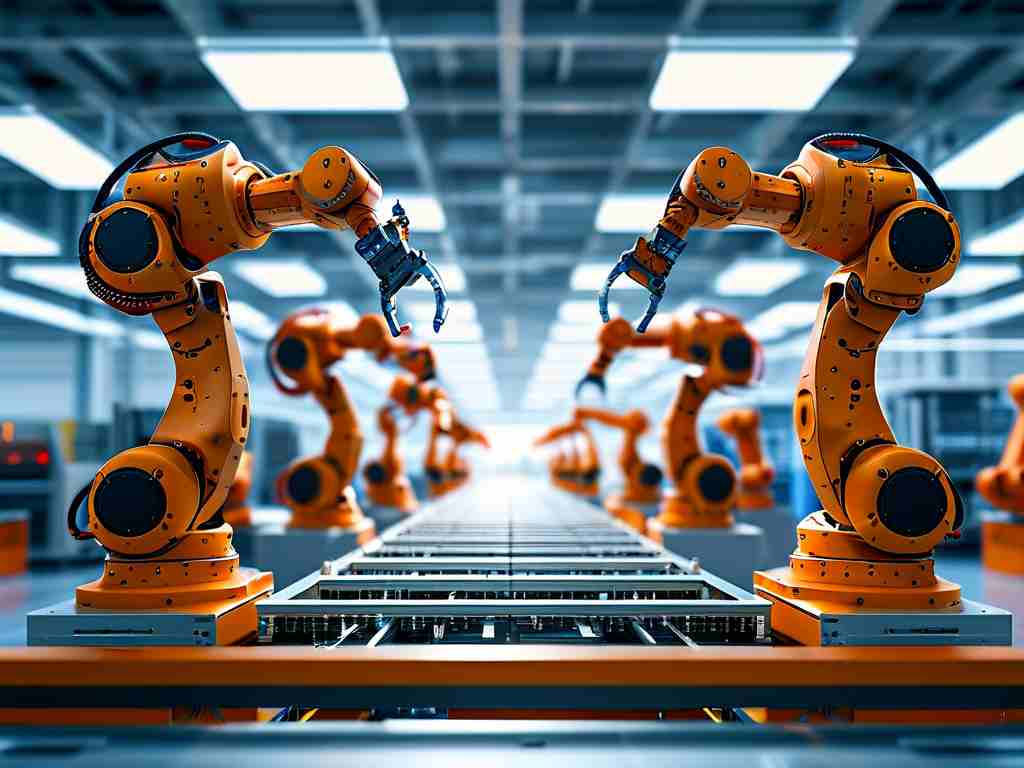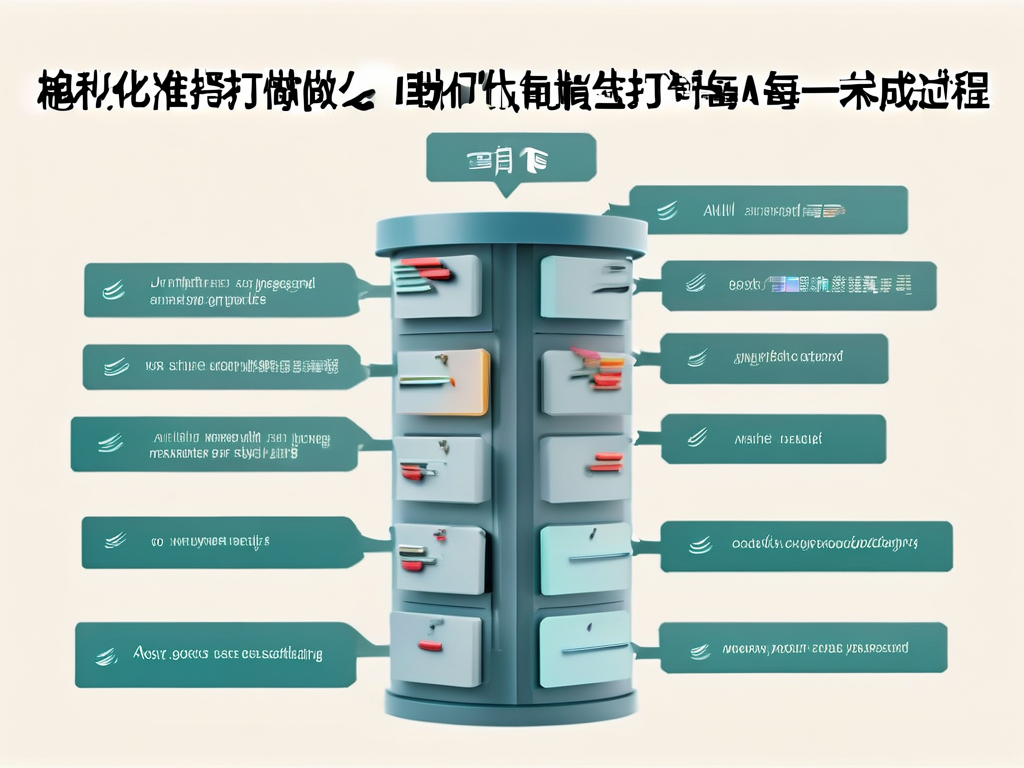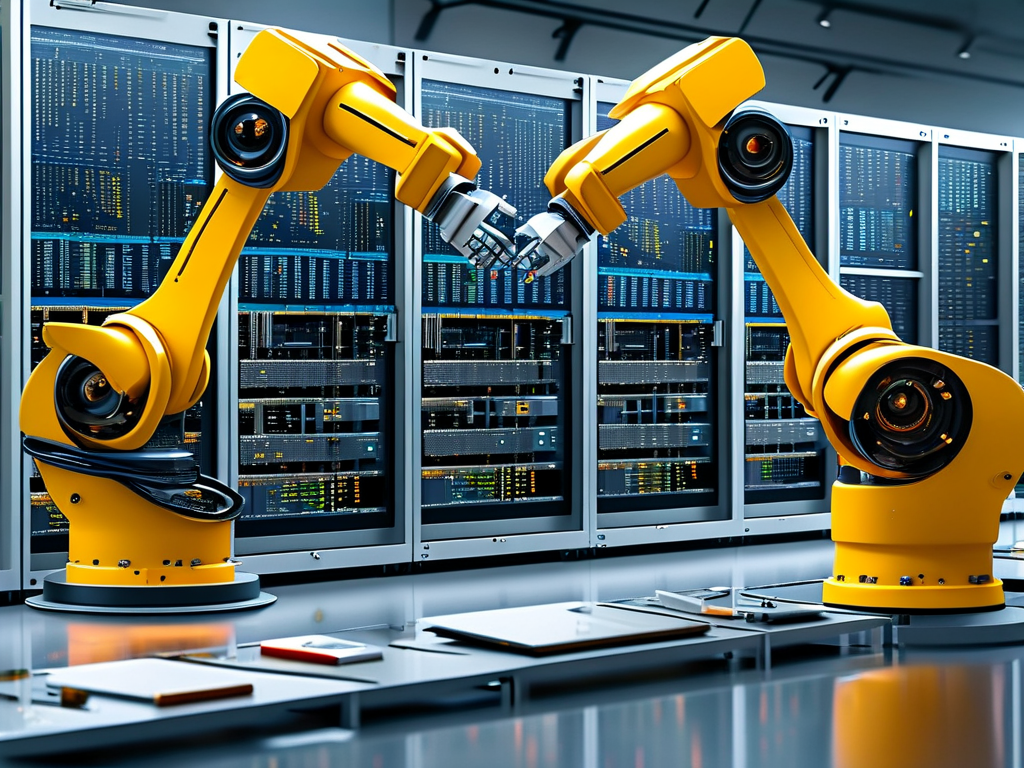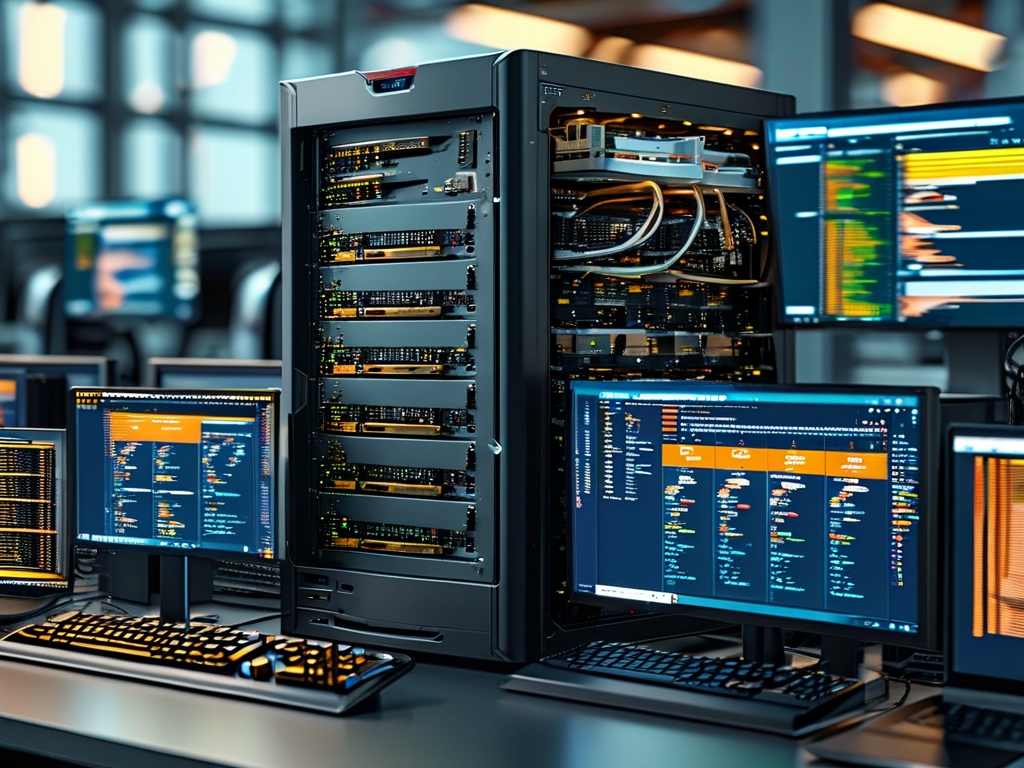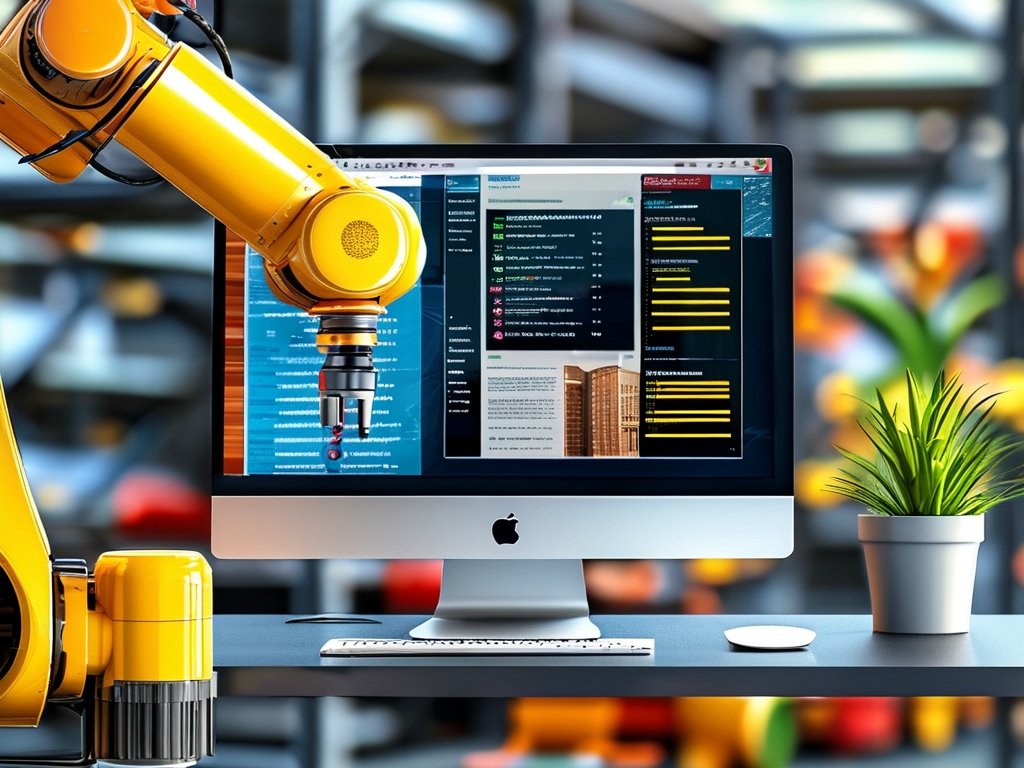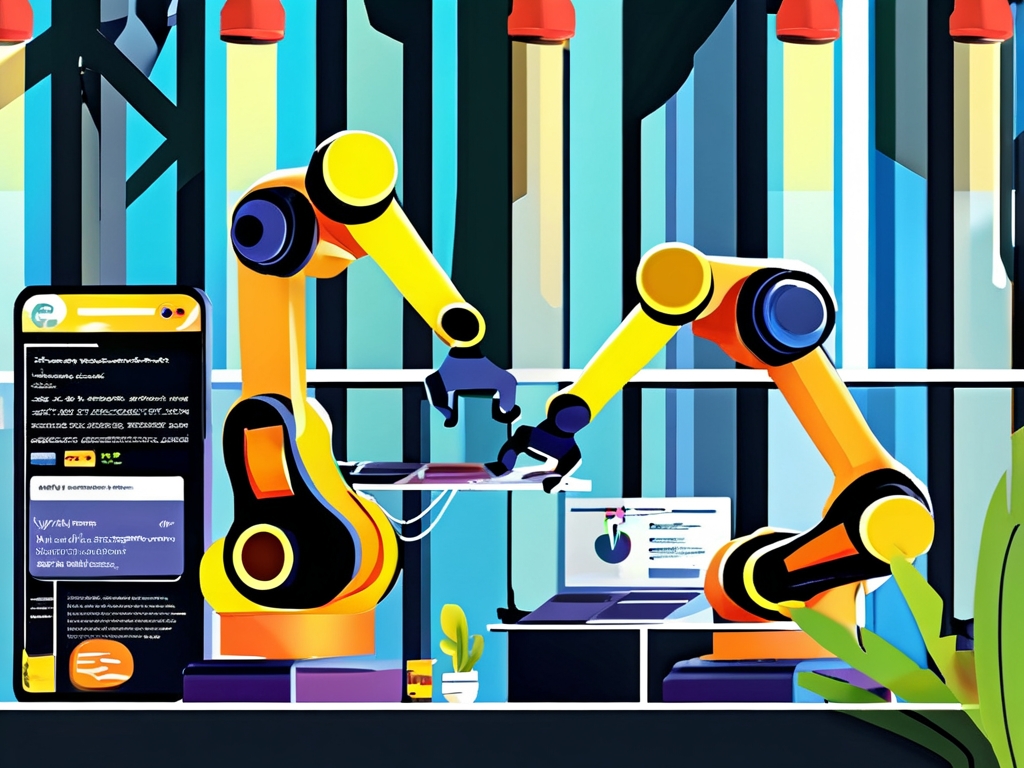The history of automation deployment is a story of technological innovation, driven by the need for speed, reliability, and scalability in software delivery. Over the decades, the evolution of deployment practices has transformed how organizations build, test, and release software—moving from error-prone manual processes to sophisticated, AI-enhanced pipelines. This article explores the key milestones in this journey and their impact on modern software development.
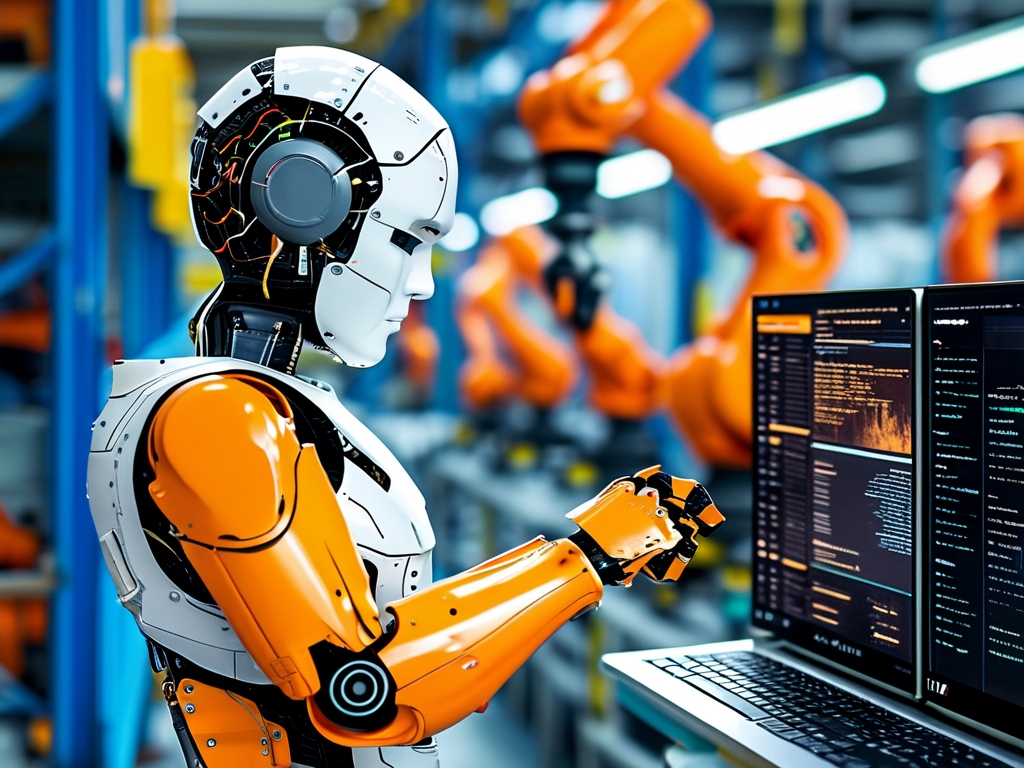
1. The Era of Manual Deployment (Pre-2000s)
Before automation, software deployment was a labor-intensive process. Developers manually compiled code, copied files to servers, and configured environments. This approach was slow, inconsistent, and prone to human error. For example, deploying a web application often required physically accessing servers or using basic FTP tools, leading to downtime and version mismatches. System administrators maintained handwritten checklists to ensure steps weren’t missed, but mistakes were inevitable.
The lack of standardization also created "works on my machine" scenarios, where software functioned correctly in development environments but failed in production. This era highlighted the urgent need for repeatable, scriptable processes.
2. Scripted Automation and the Rise of Shell Scripts (Early 2000s)
The early 2000s saw the adoption of shell scripts (e.g., Bash, PowerShell) to automate repetitive tasks. Teams began writing custom scripts to compile code, transfer files, and restart services. While this reduced human intervention, scripts were fragile and environment-specific. A script written for a Linux server might fail on Windows, and minor infrastructure changes could break entire workflows.
Despite limitations, scripting laid the groundwork for automation by proving that machines could handle deployment tasks more efficiently than humans. It also introduced concepts like "infrastructure as code" (IaC) in embryonic form.
3. Configuration Management Tools (Mid-2000s to Early 2010s)
The of configuration management tools like Puppet (2005) and Chef (2009) marked a paradigm shift. These tools allowed developers to define infrastructure states declaratively, ensuring consistency across environments. For instance, Puppet’s manifest files specified which packages or services should be installed on servers, reducing configuration drift.
Later, Ansible (2012) simplified automation further with its agentless architecture and YAML-based syntax. These tools enabled teams to automate server provisioning, application deployment, and dependency management at scale, especially in on-premises data centers.
4. The Cloud Revolution and Immutable Infrastructure (2010s)
Cloud computing (AWS, Azure, Google Cloud) disrupted traditional deployment models. Virtual machines (VMs) and auto-scaling groups allowed teams to spin up preconfigured servers programmatically. However, the concept of immutable infrastructure—where servers are replaced rather than updated—gained traction. Tools like Docker (2013) popularized containerization, enabling developers to package applications with dependencies into portable images.
Platforms like Kubernetes (2014) emerged to orchestrate containers, automating deployment, scaling, and recovery. This era also saw the rise of CI/CD pipelines, with tools like Jenkins and GitLab CI automating testing and deployment stages.
5. Modern CI/CD and GitOps (Late 2010s to Present)
Today, continuous integration and continuous deployment (CI/CD) are industry standards. Platforms like GitHub Actions, CircleCI, and Argo CD integrate with version control systems to trigger automated workflows on code commits. For example, a pull request to a GitHub repository can automatically run tests, build artifacts, and deploy to a staging environment.
GitOps, a methodology coined by Weaveworks, extends CI/CD by using Git as the single source of truth for infrastructure and application states. Tools like Flux synchronize cluster configurations with Git repositories, enabling auditable, self-healing deployments.
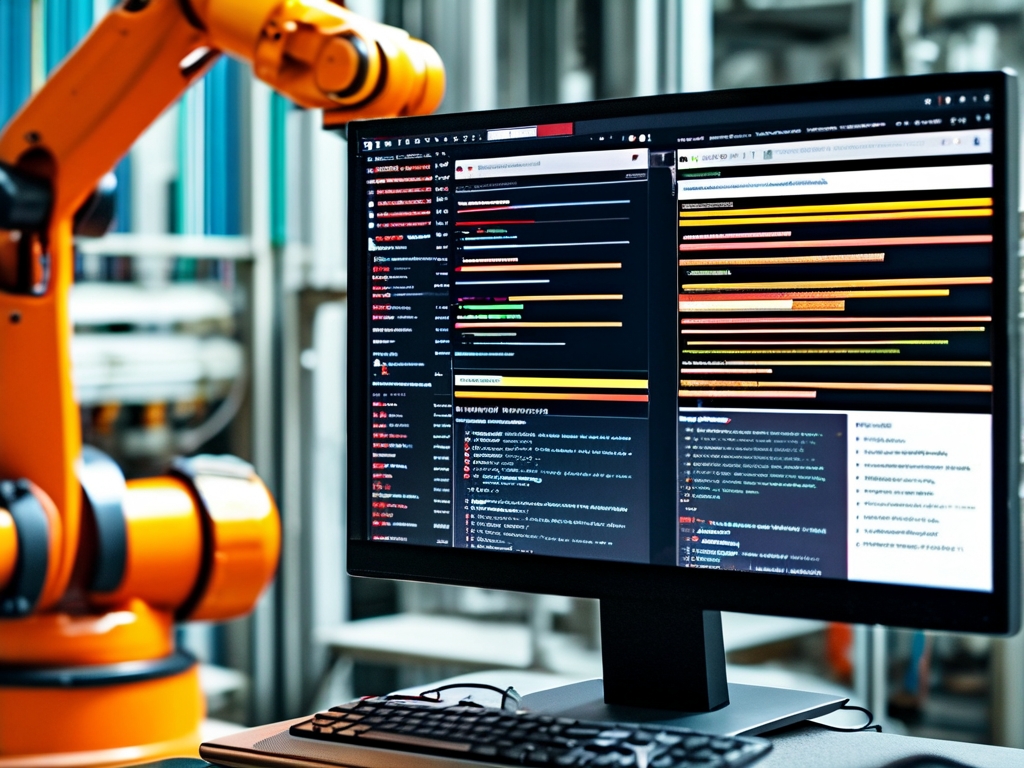
6. AI and the Future of Automation Deployment
Artificial intelligence is now reshaping deployment pipelines. AI-powered tools analyze logs to predict failures, optimize resource allocation, and even generate deployment scripts. For instance, OpenAI’s Codex can translate natural language commands into Ansible playbooks. Machine learning models also enhance security by detecting anomalous deployment patterns.
Looking ahead, autonomous deployment systems may proactively adjust infrastructure based on real-time traffic or compliance requirements, reducing human oversight further.
From manual FTP uploads to AI-driven pipelines, automation deployment has come a long way. Each phase—scripting, configuration management, cloud-native tools, and CI/CD—has addressed critical pain points while enabling faster, safer software delivery. As AI and edge computing evolve, the next frontier will likely focus on predictive automation, where systems anticipate issues before they arise. For developers and organizations, staying ahead means embracing these tools while fostering a culture of continuous learning and adaptation.


